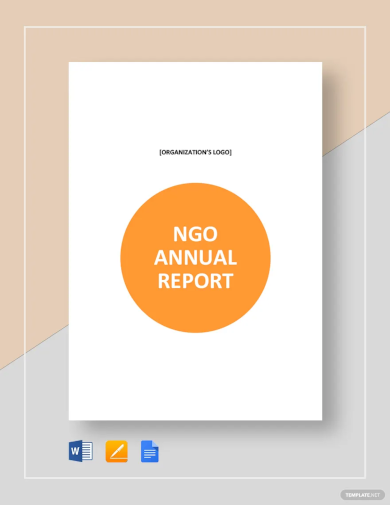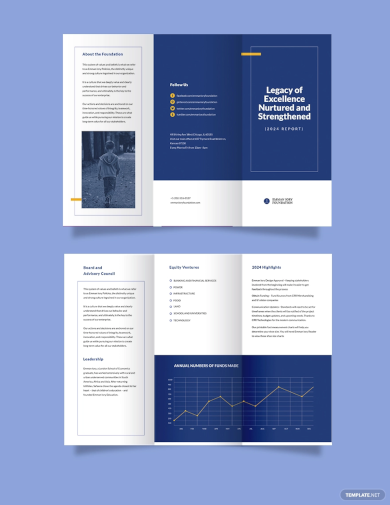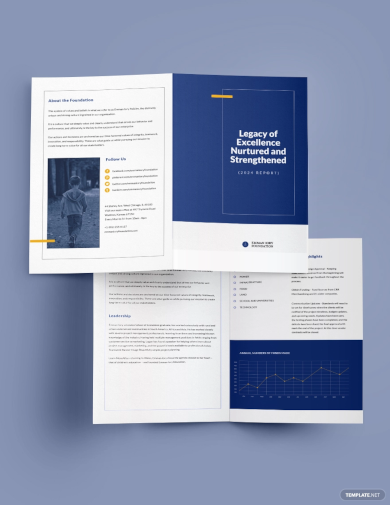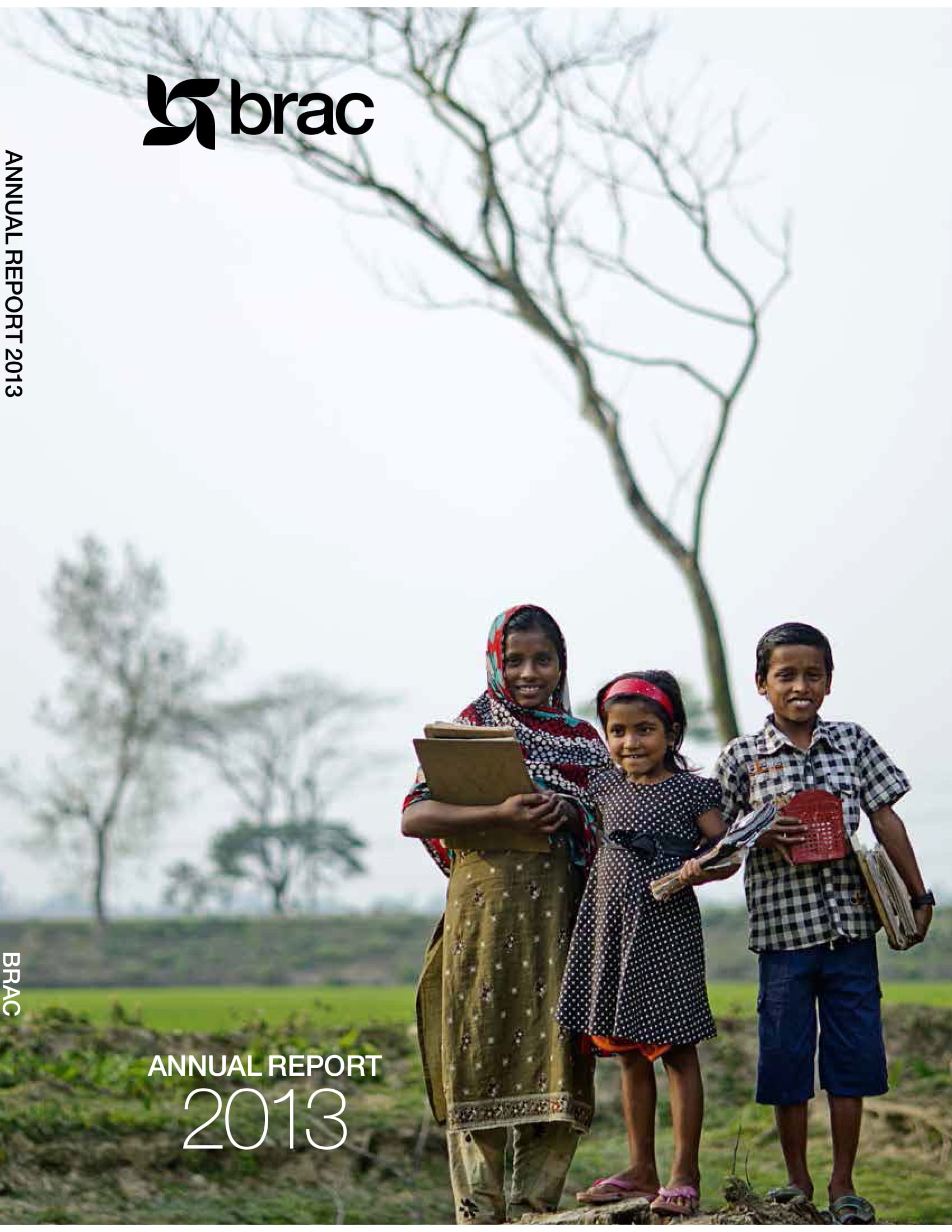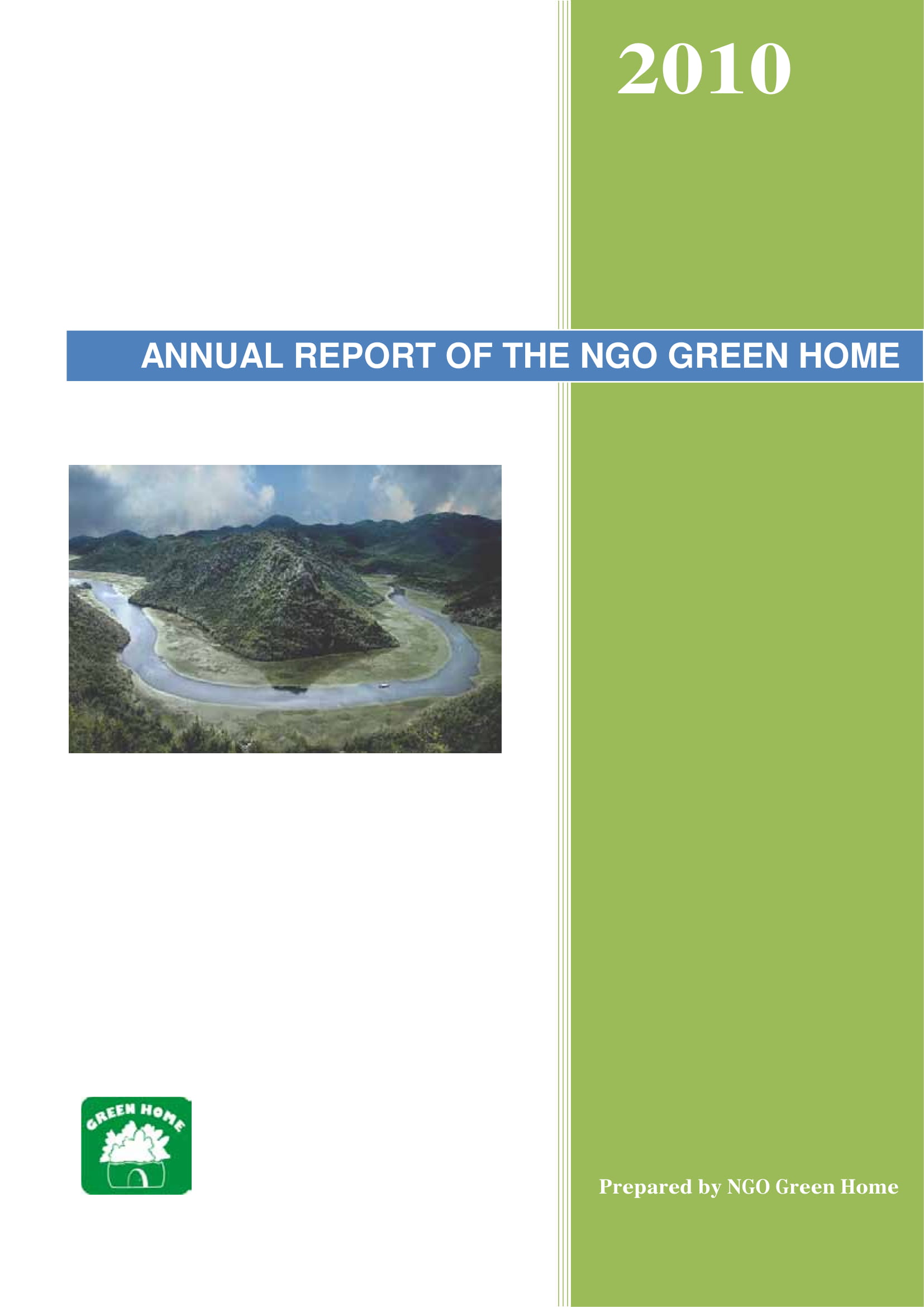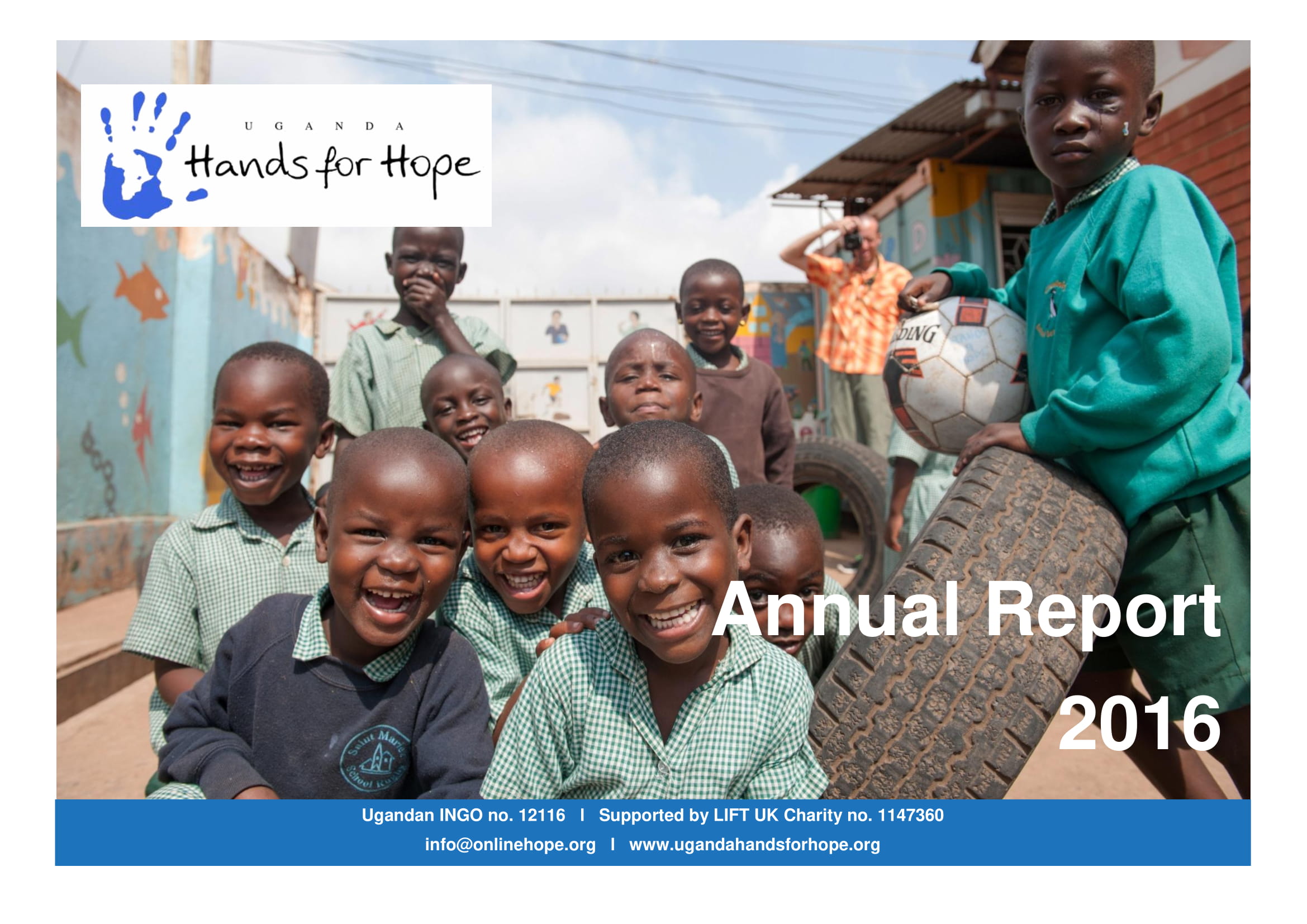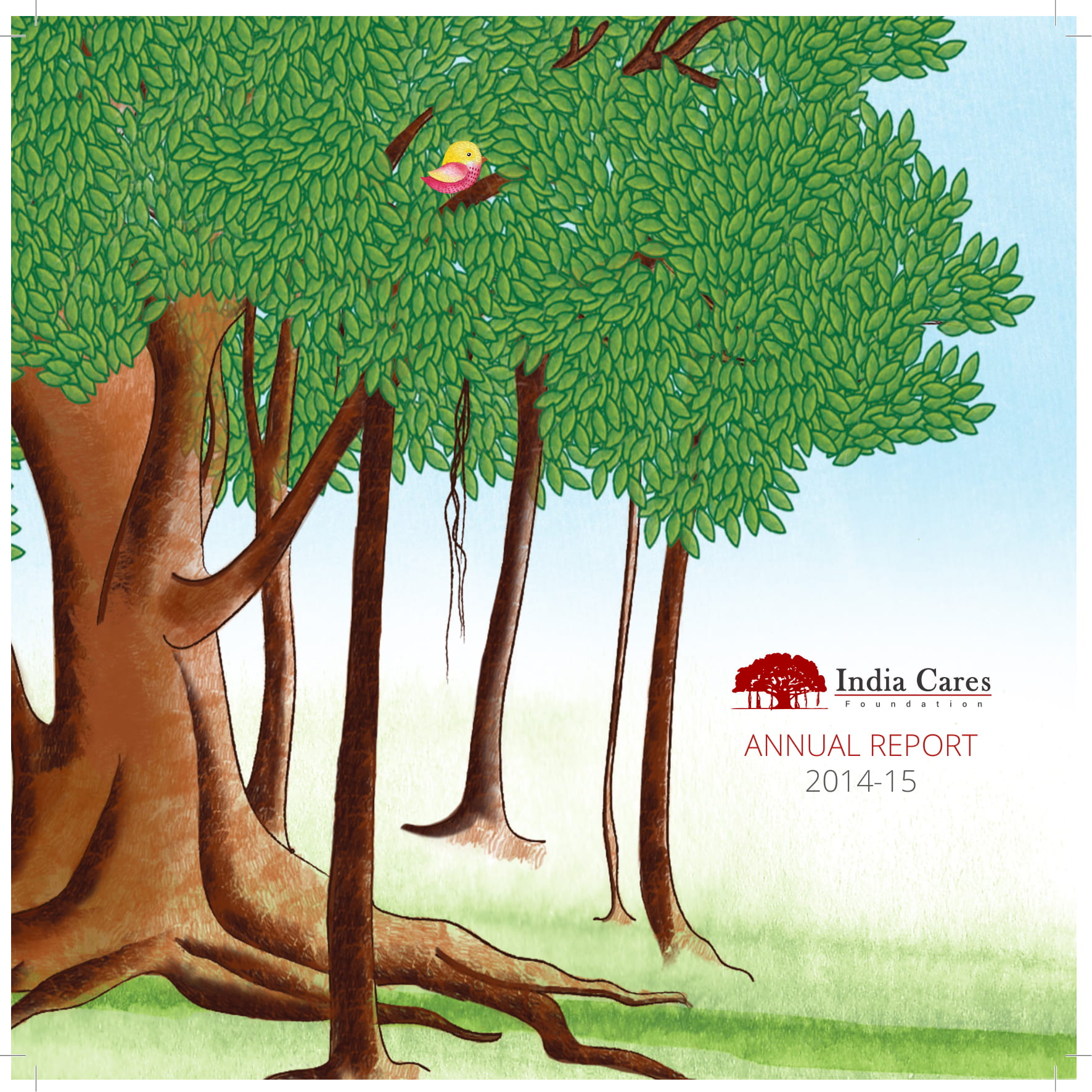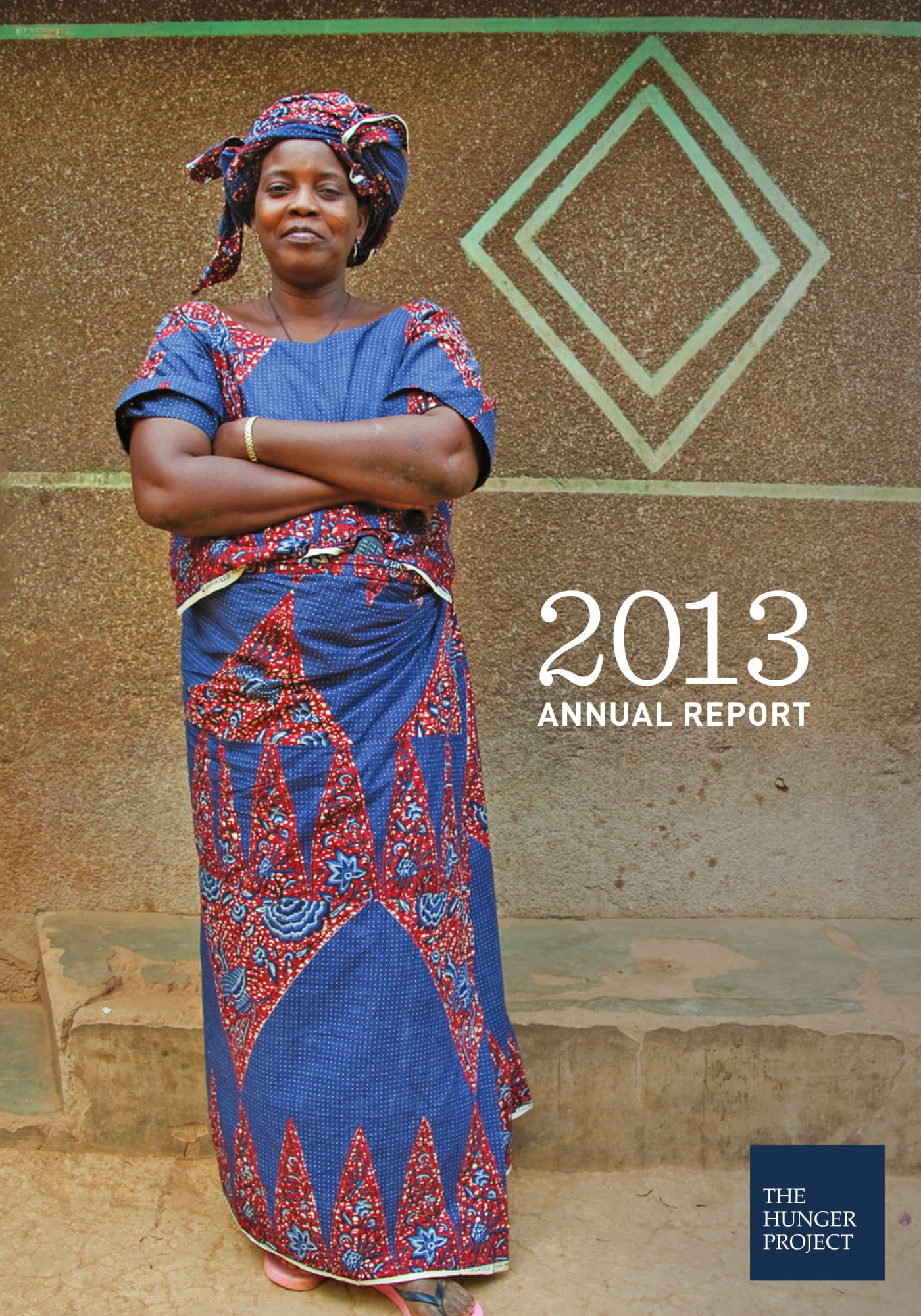13+ NGO Annual Report Examples to Download
For many years, various non-governmental organizations have stepped in in place of the local government to aid poverty-stricken communities and victims of natural calamities in their quest of rebuilding their lives for the better. You may also see investigation report samples and examples.
Like any other for-profit and nonprofit organization, analyzing the entity’s activities and financial status by the end of each year is all part of the protocol. But annual reports are more than just a legal requirement the organization is urged to settle, as it also serves as a bold statement that explains who you are, what you do, and how you are succeeding for donors and supporters to recognize.
NGO Annual Report Template
NGO Annual Report Tri-Fold Brochure Template
NGO Annual Report Bi-Fold Brochure Template
NGO Annual Report Example

BRAC NGO Annual Report Example
Green Home NGO Annual Report Example
Defining NGOs and Their Roles in Society
While non-governmental organizations, otherwise known as NGOs or nonprofits, have no fixed or formal definition for us to identify them as, they are generally defined as charitable entities that are independent of governmental influence—although it is possible for them to receive government funding to continue their operations. You may also see status report examples.
It’s nearly impossible to categorize NGOs based on their specific activities, as many NGOs are known for performing a variety of activities and often tend to shift the balance of each activity they pursue.
The NGO activities include, but are not limited to, social, environmental, advocacy, and human rights work that center on social or political change either on a broad or local scale. These non-governmental groups play a critical role in developing society, improving our communities, and promoting citizen participation for the good of all. You may also like academic report examples.
However, NGO programs are generally classified as operational or campaigning, where the former focuses on achieving small-scale change directly through projects (e.g., fundraising activities), while the latter involves large-scale change achieved indirectly through influence on the political system (e.g., non-violent rallies and global movements). You may also check out project report examples.
Operational NGOs optimize on financial donations, materials, and volunteer labor to conduct its operations. Without such resources, it would be impossible to sustain their projects and programs effectively. This is a complex process that requires the participation of established leaders and field staff, along with volunteers who actively cooperate in organizational activities. You might be interested in consulting report examples.
Campaigning NGOs carry out similar functions as well, only with a slight difference between them. Though fundraising is still necessary to support its existence, it is done on a smaller scale to serve the symbolic function of solidifying a donor’s identification with the said cause. You may also see research report examples.
Here, persuading people to donate their time and attention to the cause is far more important than the funds received, given how campaigning NGOs have the ability to influence large numbers of people regarding particular issues and events in the modern world.
Fundraising, mobilizing supporters, organizing special events, cultivating the media, and administering a headquarters are some of the things that both operational and campaigning NGOs must share. Though the two may seem to function interchangeably at certain times, what matters most is the shared vision and mission held by these organizations in an attempt to build a brighter future for the men, women, and children of our society. You may also like examples of short report.
Hands for Hope NGO Annual Report Example
India Cares NGO Annual Report Example
Oxfam NGO Annual Report Example
Parinaam NGO Annual Report Example
What to Consider When Starting an NGO
The world is a scary and greedy place to live in, which is why small acts of charity can always make a huge difference in someone’s life. While we all aspire to change the world in any way we could, it takes more than just a dream to turn everything upside down. Contrary to what many believe, you can actually start your own NGO from scratch. You may also see technical report examples.
You don’t have to be a celebrity or a politician to start your own NGO. It’s a gradual process that requires perseverance and commitment to accomplish.
But before you begin rehearsing your Nobel Prize acceptance speech for administering a successful NGO, perhaps it’s best to snap back to reality and start with the basics.
Non-governmental organizations are often held responsible for filling the gaps in which the local government is unable to do. While they may not be obligated to play these roles, they do so voluntarily with the intention of impacting positive societal change. You may also like marketing report examples.
But starting and sustaining an NGO is just as challenging as operating a for-profit business. With that said, here are a few guidelines for you to consider:
1. Legal Requirements
Establishing credibility is critical in running an NGO. Donors and supporters have the right to know whether their donations are going to an organization that they could trust.
With supposed “charity” groups being one of the most common thriving grounds for acts of fraud and corruption, it’s best to register your NGO with the relevant body before you proceed printing branded T-shirts. In doing so, you would need to define the legal obligations it will be subject to, your goals and objectives, along with the specified problems you intend to solve. You may also see management report examples.
Additionally, make sure to have a lawyer present during this process. Having a lawyer by your side will keep you updated and thoroughly informed on the rights and obligations of the registered NGO you will be operating.
2. Acquiring and Sustaining Funds
A “go with the flow” attitude will get you nowhere. When setting up an NGO, you need to plan ahead and think very clearly regarding the sources and availability of funds.
Remember, you can’t kick-start a program without any financial assistance. Government or other organizations’ grants may be a good option, but you would also need to consider other funding activities that would also raise awareness for your cause. Determine whether the NGO can sustain itself on a long-term basis, and identify your planned activities and those responsible for managing organizational tasks. You may also like recruitment report examples.
3. Treat it like a business
Like an average for-profit business, your role as an NGO is to provide solutions to common problems that society faces. Although financial gain may not be your top priority, you would still need to address the financial aspect of your organization for it to run successfully. You may also check out sample activity reports.
For instance, a strong financial system to properly manage funds can help prevent serious financial struggle in the long run. You would also need to set a marketing budget to promote your campaigns and gain publicity for your cause. Other business-centered aspects such as your marketing strategies and short reports should also be taken into consideration.
Pratham NGO Annual Report Example
The Hunger Project NGO Annual Report Example
The Miracle Foundation NGO Annual Report Example
GTO NGO Annual Report Example
How to Make a Compelling Annual Report
It’s not surprising how most people see annual reports as a time-consuming and intimidating task to complete. While it’s true how daunting developing paperwork can be, it doesn’t always have to be that way. Instead of documenting how dull or dry your data is, you can construct an interesting and authentic annual report with the help of a few tips. You may also see sales report examples.
1. Communicate your brand story.
The thought of compiling numbers from hours on end already sounds dreadful. There is a lot of valuable content that may be shared in your report, so why not communicate your brand story as the cornerstone piece of your content?
Tell a story. Construct a narrative that talks about your organization, what it does, and what it has accomplished. Story telling is a great way to connect with readers emotionally, as it allows them to visualize how the organization has helped the community grow over the past year. You may also like quality report examples.
2. Demonstrate brand impact.
An annual report gives you the opportunity to highlight your accomplishments to build trust within the organization and show stakeholders how success has been obtained.
But rather than focusing on numbers, emphasize the impact of these accomplishments on the lives of various individuals, businesses, and communities. Along with your data, it’s a good idea to collect testimonials, quotes, and individual stories that show the real impact of your efforts. Not only will this allow audiences to emotionally invest in your cause, but this can also inspire them to take part in your movement. You may also check out how to write a short report.
3. Humanize activities.
Transparency is greatly valued. Apart from your finances, this also includes letting your audience know who you are and who you’re helping.
Human-to-human connection is one of the best ways to develop a strong brand relationship. In addition to the human stories being told, include photos of the people you’ve helped, along with those responsible for bringing the organization to where it is today. It could be images of your CEO, employees, and even your volunteers. What matters most is your ability to offer audiences with valuable content to connect with in a more personal level. You might be interested in narrative report examples.
4. Visualize numbers.
Data visualization is beneficial in more ways than one. Reading a business report with pages after pages of words can be a draining experience, so seeing something depicted visually is sure to be a breath of fresh air. This creates variety that can help enhance your message a lot clearly and concisely. Visual communication also makes it easier to present important information for readers to recall. Make sure to include additional context when necessary to ensure that readers understand its significance.
5. Use a visual language.
Choose images, illustrations, and fonts that accurately communicate your brand identity. This is a chance for you to be creative with your output, something that stakeholders, donors, and supporters are sure to take notice of. By using this visual language consistently, you remind audiences of your brand identity that goes beyond what mere words are capable of. You may also see medical report examples.
6. Explore interactivity.
Though most annual documents created over the years were printed on paper, they now come in the form of print, digital, and even video pieces.
For formality reasons, securing a hard copy of your annual report will leave a paper trail for future endeavors. But even then, it wouldn’t hurt to try introducing interactivity for a more engaging experience. You may also like incident report letter examples.
With the help of technology and advanced techniques, you can design interactive infographics that allow users to play around with its content. The more time that people spend with your content, the more invested they are to its message.
7. Surprise readers.
Traditionally, presenting your annual report to an intended audience would involve several photocopies of the document along with a PowerPoint presentation showing significant data in a summarized manner.
While this would be standard protocol to follow, you always have the option to go beyond one’s expectations by breaking the mold with your annual report. Come up with something creative that people will remember you for. You can use different materials, or even different strategies to relay information. Try an exciting yet insightful approach for your audience to appreciate. You may also check out free report examples.
An annual report contains a year-end summary of your organization’s financial status. As an NGO, this will help you assess your organization’s financial decisions and expenses in the past year for you to properly allocate a designated budget for the following year. You might be interested in formal report examples.
One of your primary goals is to deliver important information in such a way that your audience, including staff members and donors, will remember. When executed correctly, it can elevate your organization and its cause in ways you never thought you could.



